Cauliflower Curd Problems - Reasons For Loose Heads On Cauliflower
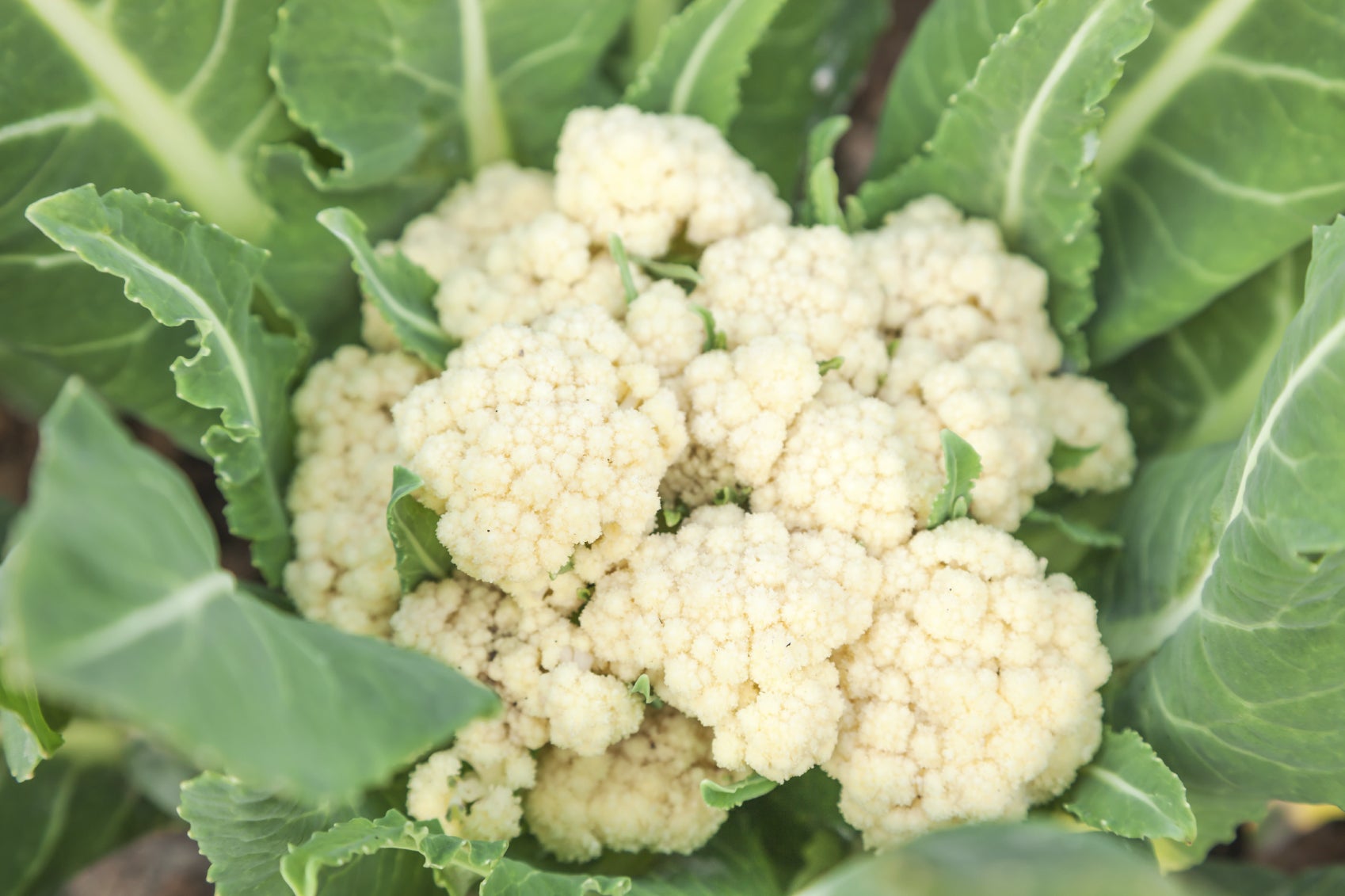
Cauliflower, a member of the Brassicaceae family, is a cool-season vegetable that is more difficult to grow than its Brassicacea brethren. As such, it is susceptible to a number of cauliflower curd problems, one of which is loose heads on cauliflower.
Why is My Cauliflower Curd Loose?
Cauliflower is a bit picky regarding its environmental conditions. For optimal results when growing cauliflower, it is best started from transplants for both spring and fall crops. Cauliflower is far more sensitive to cold temperatures than its cabbage family counterparts, so it is imperative to only transplant two to three weeks after the last frost date for your area. Cauliflower needs to be started early enough so that it matures before the heat of summer, yet not so early that cold can potentially damage it. Any inconsistencies in the cauliflower's environment, such as extreme cold, heat, or drought, can result in malformation of the head, or curd, of the vegetable. To specifically answer the question of why you have loose heads on your cauliflower, hot weather is most likely to blame. Cauliflower does not enjoy big fluxes in the thermometer; it prefers cooler temps. Be sure to plant cauliflower early enough to avoid this cauliflower curd problem. Also, give cauliflower plants ample water and room enough between plants for vigorous growth. Consistent and plentiful irrigation is essential to prevent loose cauliflower heads. Excessive nitrogen may also cause loose heads in not only cauliflower, but broccoli as well. The curd is still edible, just not as attractive.
Proper Care to Prevent Cauliflower Curd Problems
As mentioned, cauliflower should be planted when the weather is cool but after any potential frost. Seeds should be germinated in temps from 45-85 degrees F. (7-29 C.) and will germinate in five to 10 days. Start indoors and transplant in early spring or direct sow midsummer for a fall harvest. Space plants 18 x 24 inches (46 x 61 cm.) or 18 x 36 inches (46 x 91 cm.) in moist, well-draining soil with a high organic content. It's a good idea to side-dress cauliflower with a nitrogen-rich fertilizer when the plants are half grown and maintain a consistent amount of irrigation. Some varieties of cauliflower need to be blanched; blanching entails tying the outer leaves around the head to protect it from sunburn. This process keeps sunlight from stimulating the production of green chlorophyll in the head. A few varieties have a natural tendency to curl leaves around the head and, therefore, do not need to be blanched. Blanch cauliflower when it is dry to prevent disease. Once blanched, the mature head should be ready for harvest seven to 12 days later. Loose heads in cauliflower, as well as a number of other problems, are caused by stress during the growing process. Baby your cauliflower plants and prevent any huge changes in temperature or moisture.
Gardening tips, videos, info and more delivered right to your inbox!
Sign up for the Gardening Know How newsletter today and receive a free copy of our e-book "How to Grow Delicious Tomatoes".

Amy Grant has been gardening for 30 years and writing for 15. A professional chef and caterer, Amy's area of expertise is culinary gardening.
-
 Grow ‘Karl Rosenfield’ Peony Plants For The Ultimate Frilly Border Beauties And Cut Flowers
Grow ‘Karl Rosenfield’ Peony Plants For The Ultimate Frilly Border Beauties And Cut FlowersFor frilly double magenta peony petals infused with a heady fragrance, grow ‘Karl Rosenfield’ peony plants. Here’s how to cultivate the ultimate plushy blooms
By Tonya Barnett
-
 10 Common Composting Problems That Can Spoil Your Garden Gold – Plus Easy Fixes
10 Common Composting Problems That Can Spoil Your Garden Gold – Plus Easy FixesLearn how to troubleshoot common composting issues before they ruin your stash – from bad smells and bugs to materials not breaking down as they should.
By Susan Albert
-
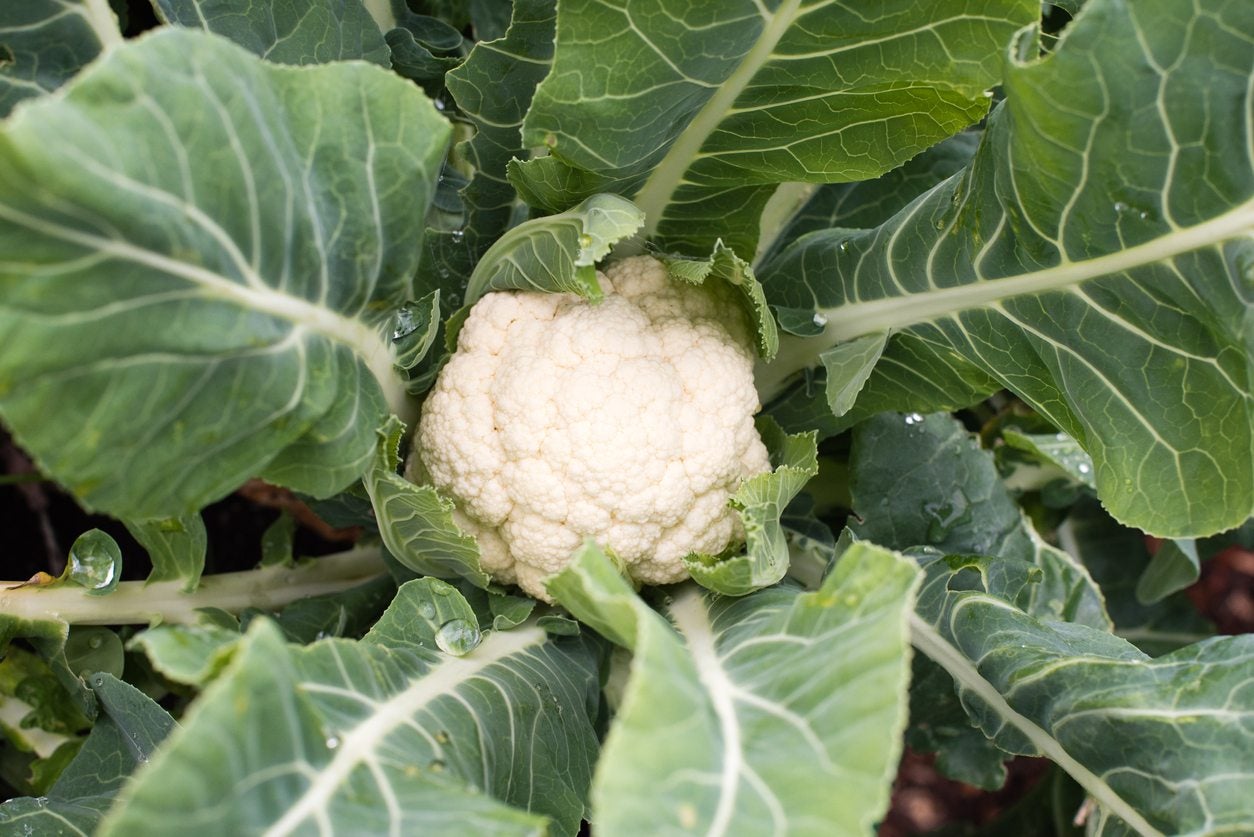 Cauliflower Protection In Gardens – Cauliflower Pest Protection And More
Cauliflower Protection In Gardens – Cauliflower Pest Protection And MoreGrowing cauliflower is not for the faint of heart. The plant is testy and sensitive to heat, frost, and pests. If you want to grow it, protecting cauliflower plants is essential to your success. This article will help with tips on cauliflower plant protection.
By Liz Baessler
-
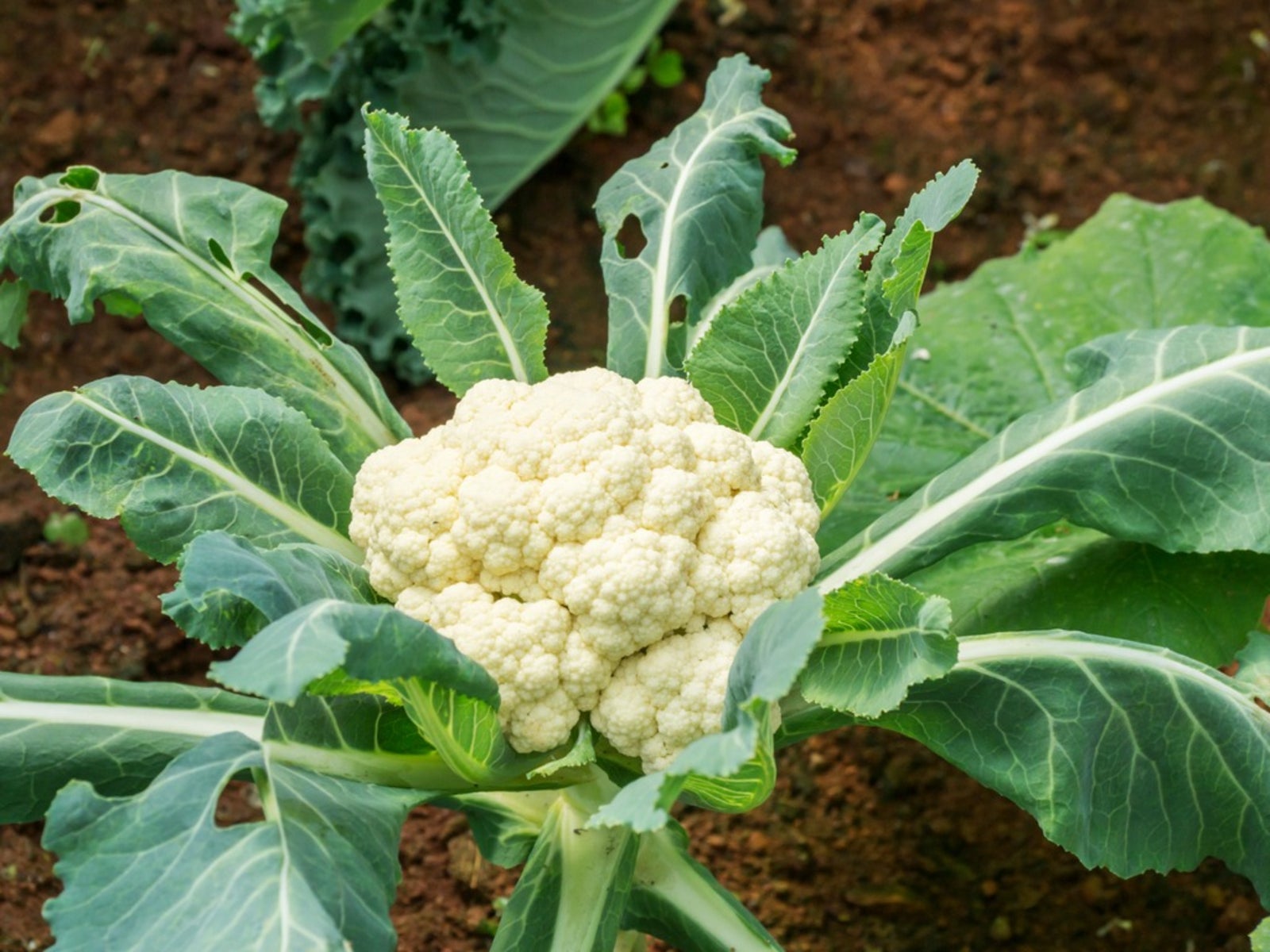 Problems Growing Cauliflower – Learn About Diseases Of Cauliflower
Problems Growing Cauliflower – Learn About Diseases Of CauliflowerKnowing what type of cauliflower diseases may afflict the veggie and troubleshooting these cauliflower problems will aid in the healthy production and yield of the plant. Click this article to learn more about treating these issues.
By Amy Grant
-
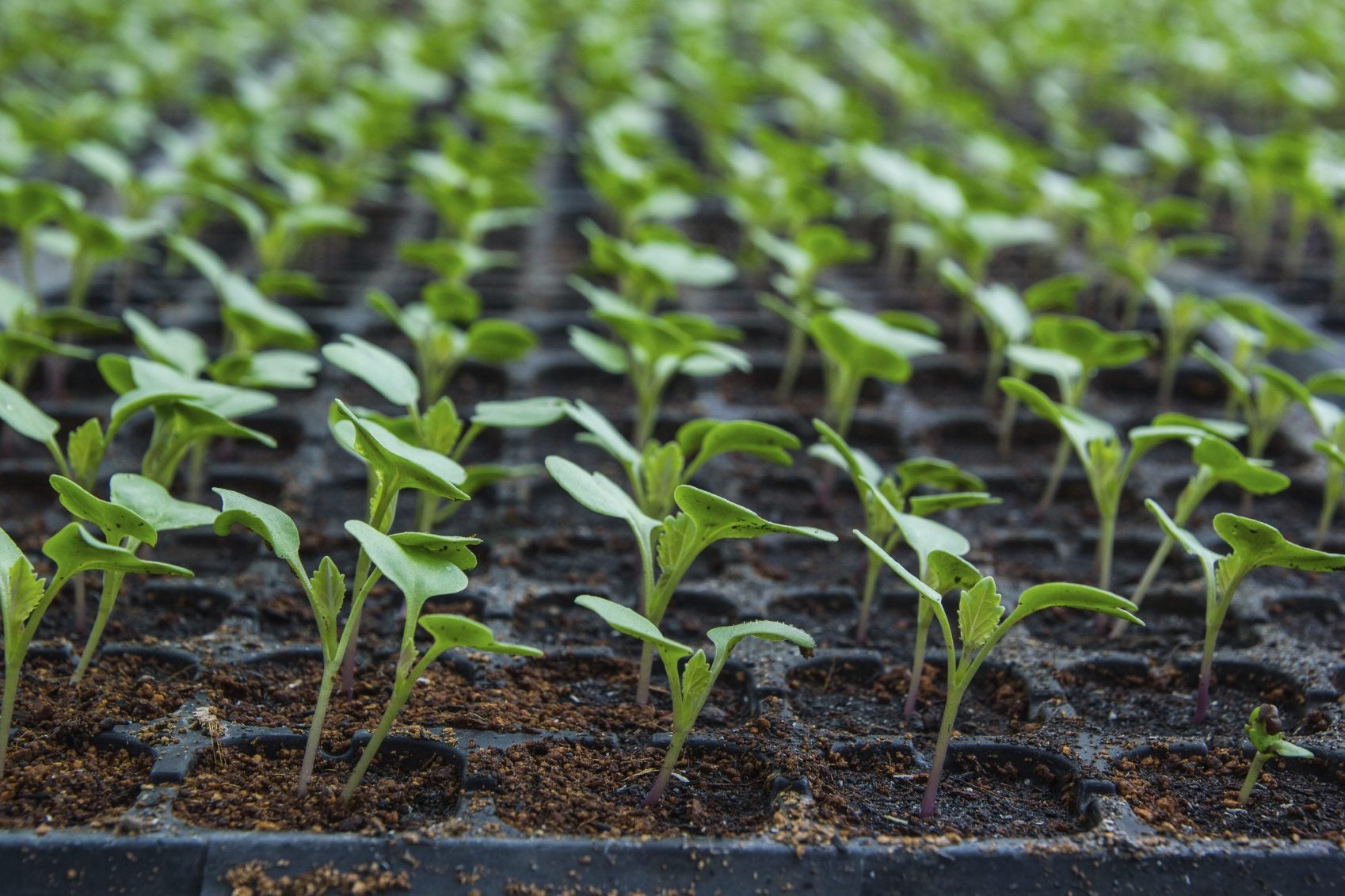 Cauliflower Seed Germination: Tips On Planting Cauliflower Seeds
Cauliflower Seed Germination: Tips On Planting Cauliflower SeedsIf you're looking for a little bit of a challenge in your garden this year, why not try growing cauliflower from seeds? This article provides information on planting cauliflower seeds. Click here for a cauliflower seed planting guide.
By Liz Baessler
-
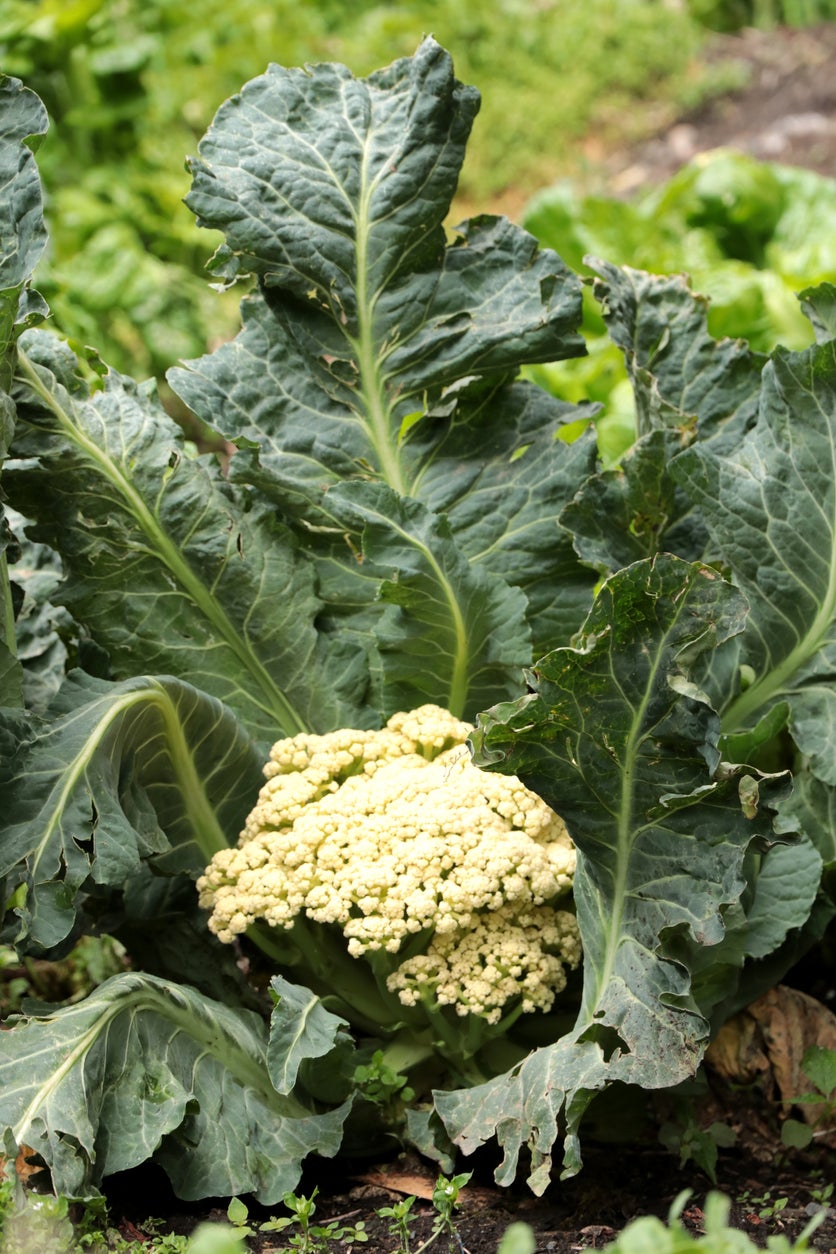 Wilting Cauliflower: Reasons For Cauliflower Plants Wilting
Wilting Cauliflower: Reasons For Cauliflower Plants WiltingWhy are my cauliflowers wilting? What can I do about wilting cauliflower? This is a discouraging development for home gardeners, and troubleshooting cauliflower problems isn't always easy. For helpful tips, click this article.
By Mary H. Dyer
-
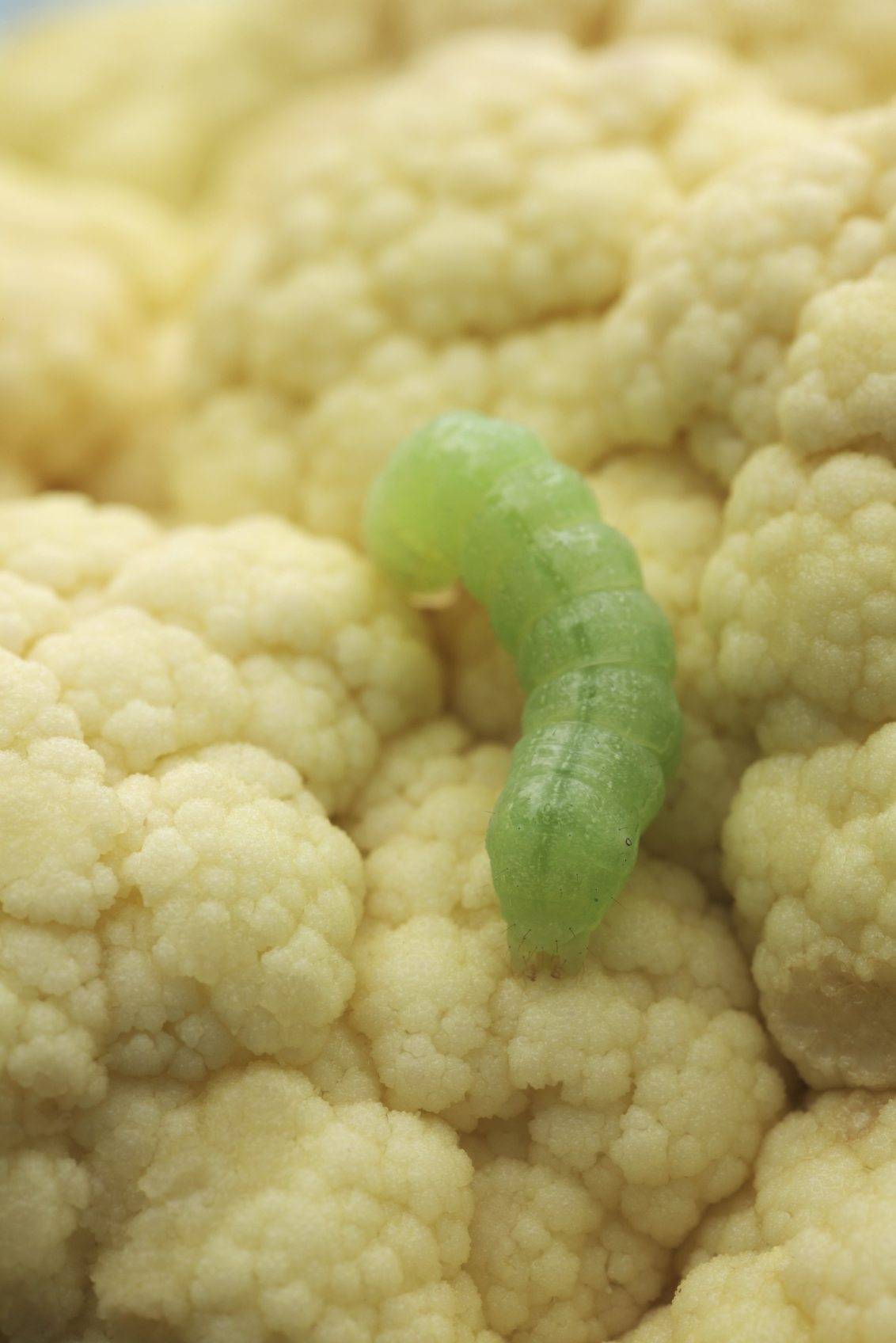 Identifying Cauliflower Bugs: Tips On Controlling Cauliflower Insects
Identifying Cauliflower Bugs: Tips On Controlling Cauliflower InsectsCauliflower bugs can decimate the crop and make the flower head unfit to eat. Treating bugs on cauliflower starts with correct identification of the pest and a targeted control plan that is non-toxic and safe for food plants. This article will help.
By Bonnie L. Grant
-
 Companion Planting Cauliflower: What Are Cauliflower Companion Plants
Companion Planting Cauliflower: What Are Cauliflower Companion PlantsCompanion planting pairs two or more types of plants for the mutual benefit of each other. In this particular article, we're going to delve into cauliflower companion planting. What cauliflower companion plants grow well with cauliflower?
By Amy Grant
-
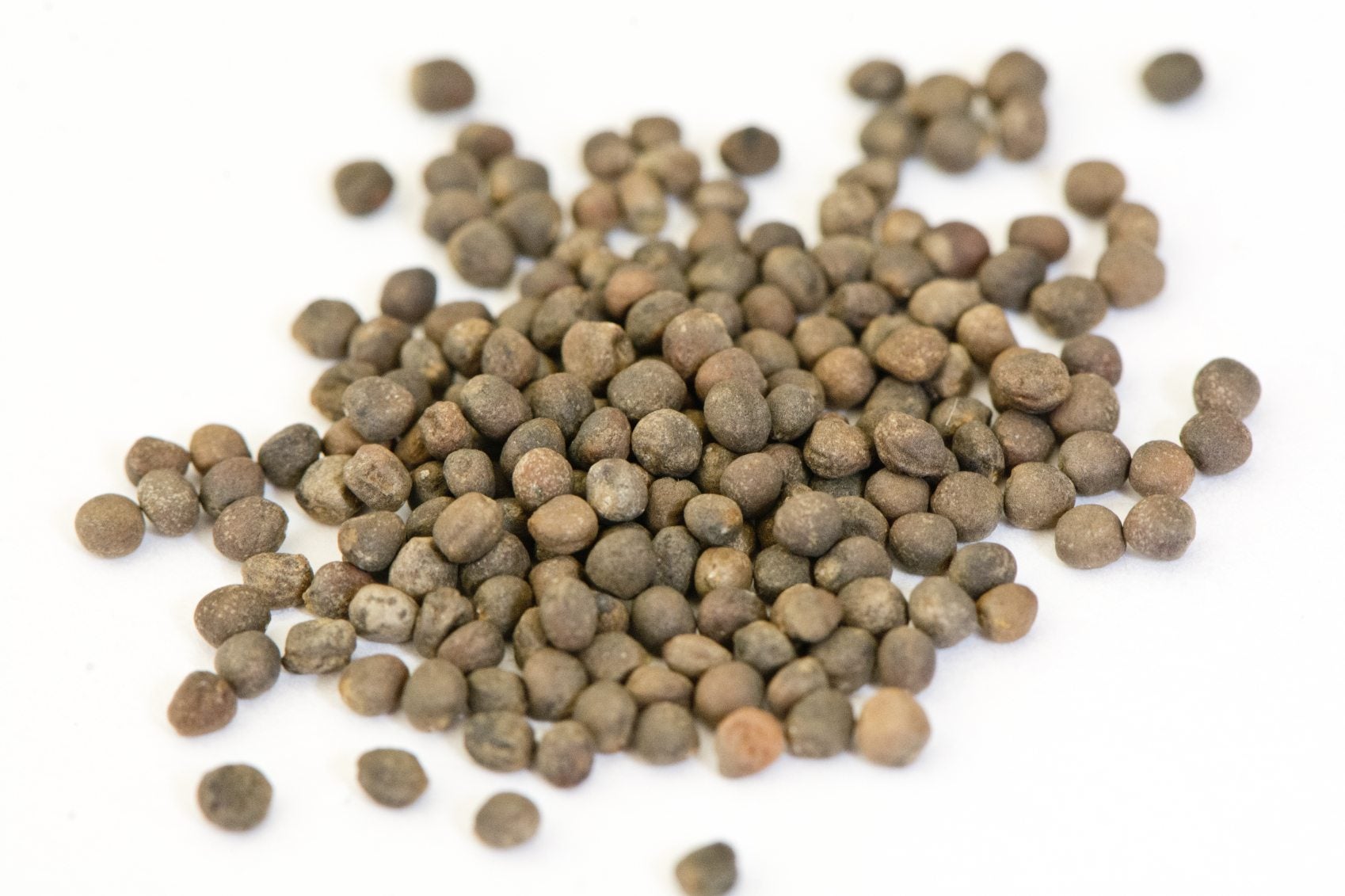 Harvesting Cauliflower Seeds: Where Do Cauliflower Seeds Come From
Harvesting Cauliflower Seeds: Where Do Cauliflower Seeds Come FromI love cauliflower and usually grow some in the garden. I generally buy bedding plants, although cauliflower can be started from seed. That fact gave me a thought. Where do cauliflower seeds come from? This article will help answer that.
By Amy Grant
-
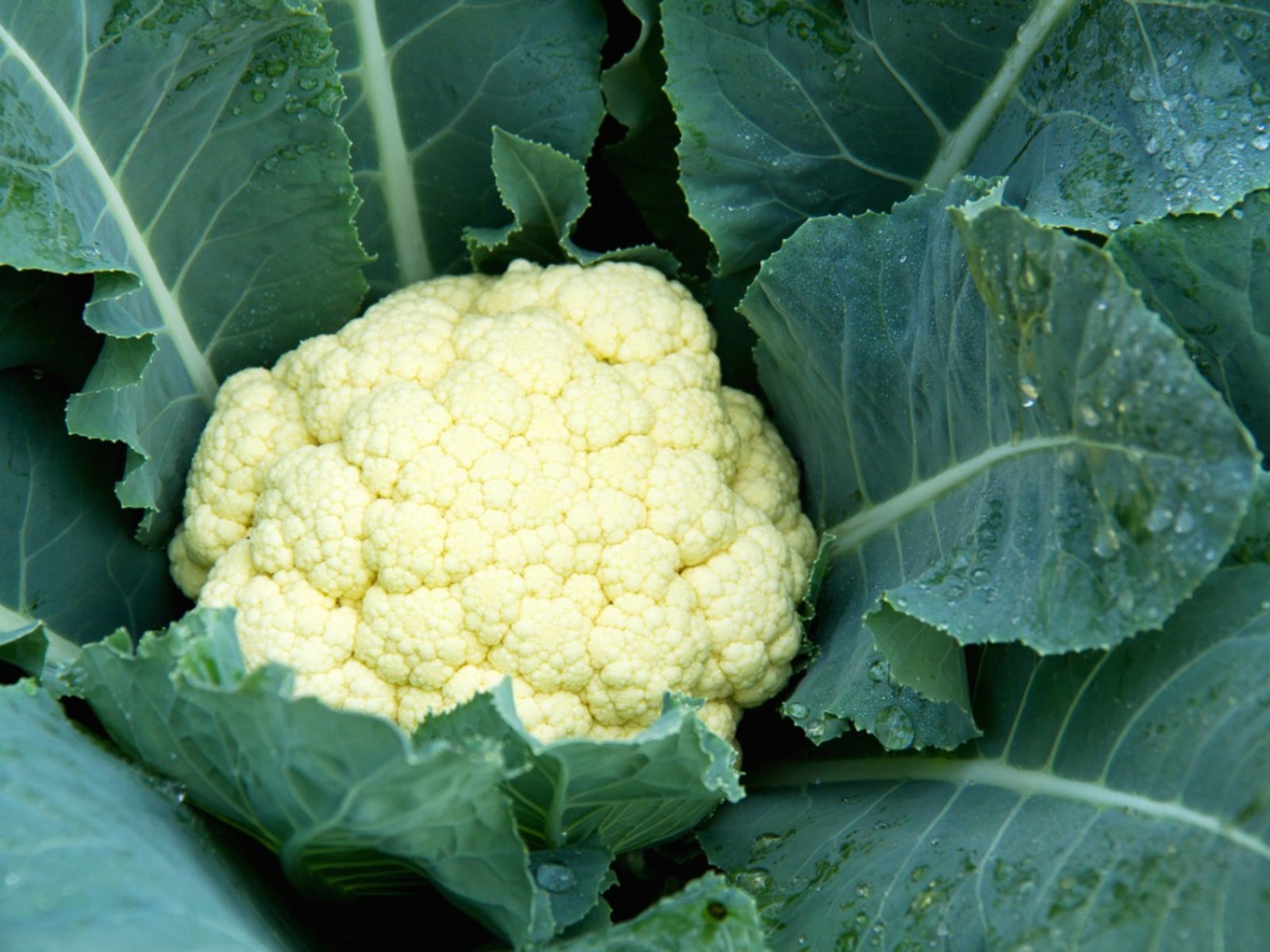 Cauliflower Care In Pots: Can You Grow Cauliflower In A Container
Cauliflower Care In Pots: Can You Grow Cauliflower In A ContainerCan you grow cauliflower in a container? Cauliflower is a large vegetable, but the roots are surprising shallow. If you have a container wide enough to accommodate the plant, you can definitely grow this tasty veggie. Click here to learn more.
By Mary H. Dyer